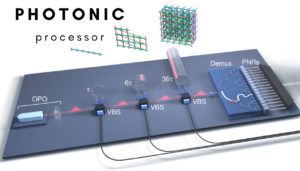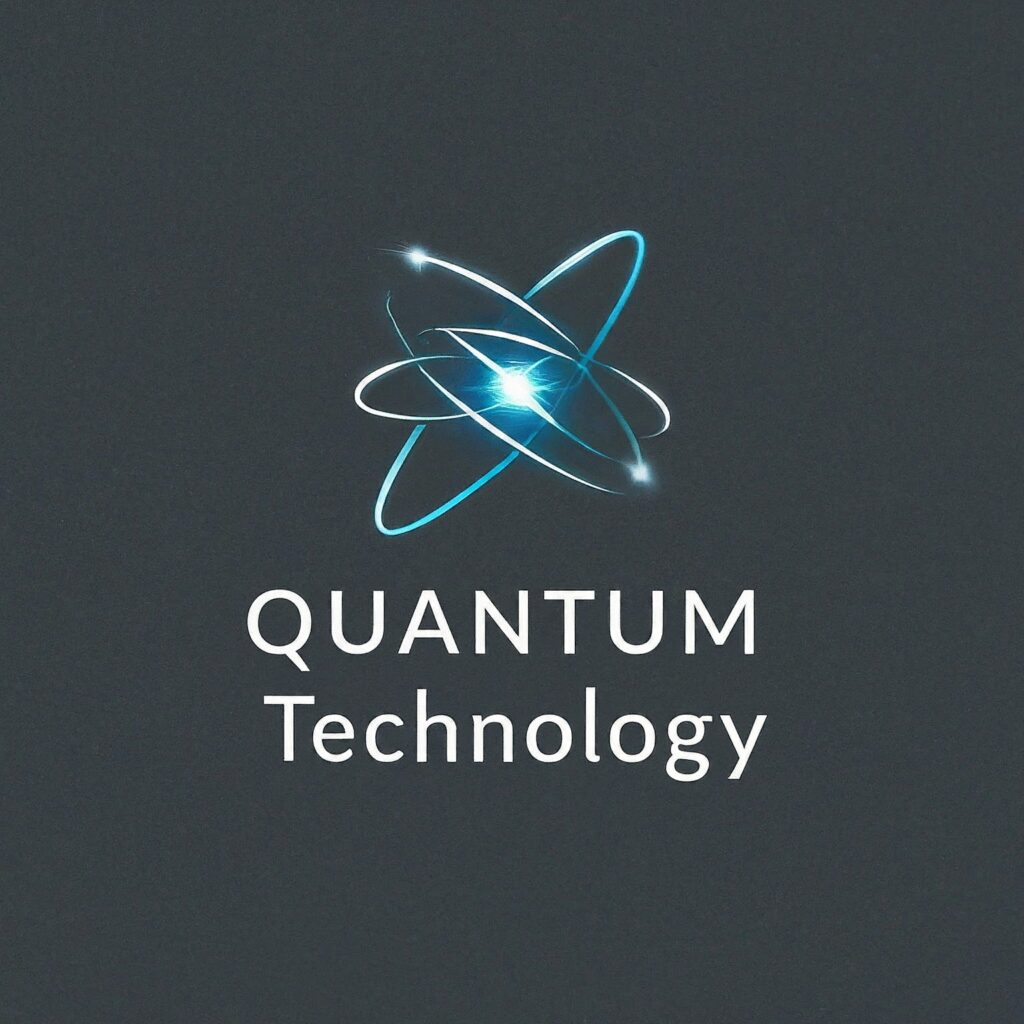In the realm of quantum technology, a groundbreaking advancement has emerged that could revolutionize the way we harness light for various applications in quantum information and communication. This remarkable breakthrough involves the creation of a novel quantum device capable of generating single photons with circular polarization and non-classical statistics. This development has the potential to unlock a multitude of possibilities, from non-reciprocal single-photon devices to deterministic spin-photon interfaces for the ever-expanding landscape of quantum networks.
Traditionally, the emission of chiral light – characterized by circular polarization – has necessitated the application of robust external magnetic fields or intricate mechanisms involving spin-polarized carriers and complex photonic structures. However, a cutting-edge technique has emerged that sidesteps these conventional requirements and ushers in a new era of light emission. Scientists at the esteemed Los Alamos National Laboratory have ingeniously combined two atomically thin materials to create a chiral nonclassical light source, producing a consistent stream of single photons with circular polarization.
Pioneering this endeavor is Han Htoon, a distinguished scientist at Los Alamos National Laboratory. Htoon’s research has unveiled that a monolayer semiconductor can emit circularly polarized light independently of external magnetic fields. This is a significant departure from previous methods that demanded strong magnetic fields generated by superconducting magnets or intricate nanophotonic structures. The novel proximity-effect technique introduced by Htoon’s team not only reduces manufacturing costs but also enhances reliability, opening doors to more streamlined technology development.
Central to this achievement is the encoding of information within the polarization state of photons. This breakthrough carries profound implications for quantum cryptography and quantum communication, as it provides a versatile means of information transfer in the quantum realm. Through a clever integration of photon generation and polarization manipulation, researchers have amalgamated two distinct devices into a unified platform, setting the stage for innovative applications.
Material for quantum device
The foundation of this pioneering device lies in the strategic arrangement of two materials – nickel-phosphorus trisulfide magnetic semiconductor and one-molecule-thick tungsten diselenide semiconductor. The combination of these materials creates a thin stack, on which nanoscale indentations are meticulously etched using atomic force microscopy. Remarkably, a single human hair could accommodate over 200 of these nanometer-scale indents, each measuring around 400 nanometers in diameter.
These minute indentations, carved with precision by atomic microscopy equipment, serve a dual purpose when subjected to laser illumination. First, they create localized depressions or wells in the potential energy landscape. Electrons from the tungsten diselenide monolayer inhabit these wells, triggering the emission of individual photons. Simultaneously, the nanoindentations disrupt the magnetic properties of the nickel-phosphorus trisulfide crystal, inducing a local magnetic moment that imparts circular polarization to the emitted photons.

To substantiate this innovative mechanism, researchers collaborated with the National High Magnetic Field Laboratory at Los Alamos and conducted high magnetic field optical spectroscopy measurements. This experimental validation further solidified the groundbreaking nature of their approach. Looking forward, the research team is exploring avenues to modulate the degree of circular polarization through electrical or microwave stimulation, which holds the promise of embedding quantum data within the photon stream.
Furthermore, this photon stream can be efficiently coupled into waveguides – miniature conduits for light – facilitating the creation of essential photonic circuits for unidirectional photon transmission. These circuits are fundamental components for the development of an ultra-secure quantum internet, underpinning the infrastructure of tomorrow’s secure communication networks.
In conclusion, the emergence of a quantum device capable of generating single photons with circular polarization represents a monumental stride in the field of secure cryptography. This innovation, born from the ingenious combination of atomically thin materials and precise nanoengineering, holds transformative potential for quantum communication, cryptography, and network development. As scientists continue to delve into the intricacies of this breakthrough, the horizon of possibilities expands, offering a tantalizing glimpse into the future of information transfer and secure communication.
